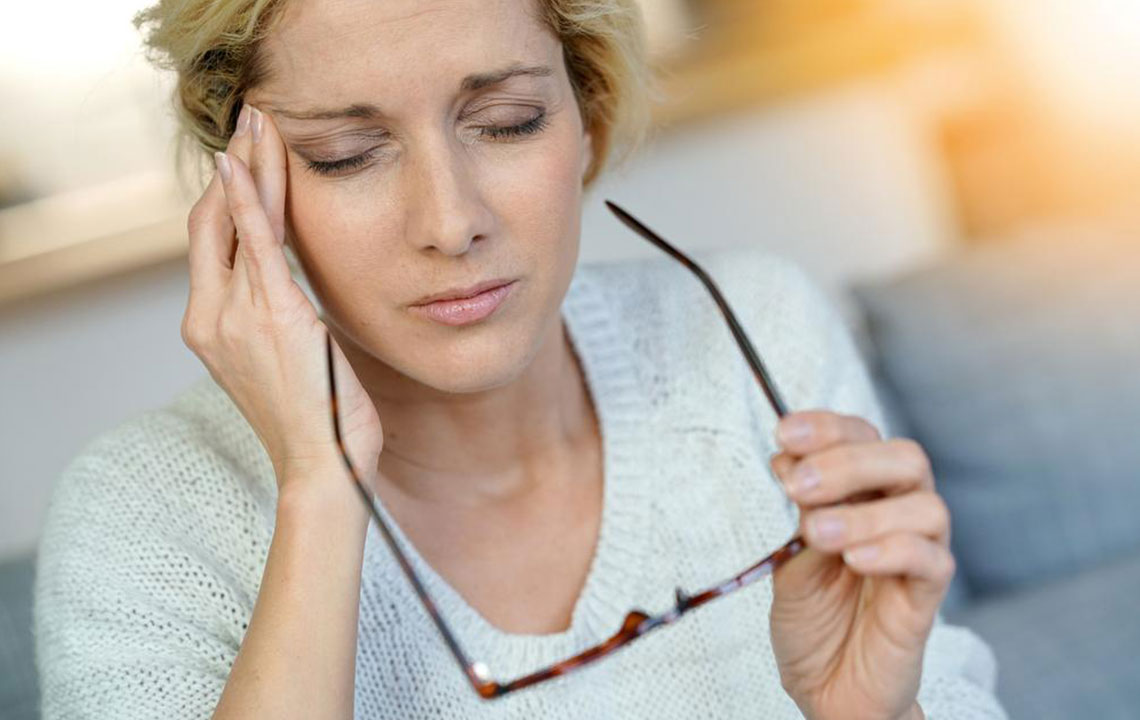6 Natural Ways to Cure Migraine

People’s lives can be stressful, and as a result, they get prone to migraines. Migraines are headaches that occur frequently and can range from severe to moderate. Usually, a migraine can be masked by popping a painkiller tablet, but if you get a migraine headache, it means that your body is missing something. It could be sleep, water, or something that you need to eat. There are cases where vitamins or other nutrient deficiency can cause a migraine.
Some of the factors that can trigger a migraine include—eyestrain, alcohol, fatigue, low blood sugar, constipation, and allergies. If you’re someone who is constantly annoyed by migraines, you should try out these home remedies for migraine headaches that can make you feel better.
Magnesium
Magnesium is known to be one of the best options for a natural migraine relief. Also, it’s safer to consume compared to painkillers. There are studies that suggest people who have constant migraine attacks have low levels of magnesium in their body. Also, consumption of magnesium can decrease the chance of getting a migraine significantly.
People who are prone to low levels of magnesium inside the body are alcoholics and people with diabetes and heart diseases. When magnesium is consumed, it blocks all the chemicals that are responsible for transmitting pain to the brain. The best recommended daily intake of magnesium is 200 to 600 mg. Doing so, can improve the platelet count in your body and reduce the frequency in which migraines occur.
Sources of magnesium: Fiber, beans, whole grains, nuts, broccoli, and other leafy greens. Magnesium is a very good home remedy for a migraine headache.
Drinking lots of water
There are many things that we consume in our day to day life that has dehydrating effects on our body like coffee, alcohol, and sugary drinks. There is a study that suggests drinking enough water can cure headaches. This simple remedy can save you from pain. This is the easiest home remedy for a migraine headache.
Apart from drinking water, there are other ways in which you can keep your body hydrated. You can take fruits like cucumbers, zucchini, cauliflower, and watermelon. There is research that suggests that headaches that are caused due to water deprivation can cause irritability and lack of concentration.
Eating a gluten-free diet
If you’re someone who has a sensitivity to gluten, you can get a headache if you eat foods that contain gluten. People who have celiac disease have experienced little or no headaches when they’ve eliminated gluten from their diet.
There are some cases where people who do not have celiac disease but have a sensitivity to gluten and they eventually suffer from headaches. It doesn’t mean you need to completely cut off gluten from your diet, you can simply reduce the intake.
Lavender oil
Lavender oil is one of the popular choices for home remedies for migraine headaches. It can stabilize your mood and also act as a sedative. There was a study that was conducted in 2012 that showed that inhaling lavender oil for 15 minutes can reduce migraine headaches significantly.
This oil is an effective headache remedy. Take a few drops and rub it on your temples, back of the neck, and forehead. If the smell of the oil is too intense, you can use almond oil or coconut oil to neutralize it. Lavender oil has other health benefits like moisturizing skin and balancing hormones in the body. Make sure you try this home remedy for migraine headache.
B-Complex vitamins
Serotonin is a neurotransmitter that is found in very fewer amounts in the bodies of people who are affected by migraines. There are a lot of B-complex vitamins that are involved in the formation of serotonin. Unfortunately, many people are short of one or two B-complex vitamins, making them prone to migraines.
There are eight water-soluble vitamins in this category. They include—thiamine, niacin, riboflavin, B6, B12, biotin, folate, and pantothenic acid. These vitamins work together to improve blood circulation in the body, immunity, and heart health. There is no need to worry about overdosing on B-complex vitamins as they are water soluble and excessive amounts can be flushed through the urine.
Eating omega-3 fatty acids
These fatty acids are found abundantly in lots of food sources. They are more prominent in fishes, nuts, and seeds. There is a Swedish study that suggests there was 28% reduction in the number of migraine attacks and a 32% reduction in the attack intensity, for people who consumed enough amounts of Omega-3 fatty acids.
The main function of these fatty acids is to protect all the brain cells and reduce any inflammation. This, in turn, reduces the frequency and the duration of migraine attacks.
Sources: Omega-3 fatty acids are found abundantly in tuna, walnuts, oysters, chia seeds, and flax seeds. Also, it is important to note that these fatty acids can easily be damaged when exposed to heat. So, it is important to store them properly.
Keep these home remedies for migraine headaches in mind the next time you have one or someone you know has it.


